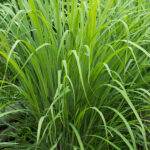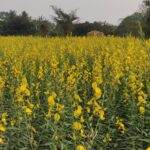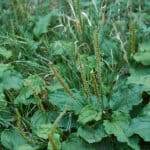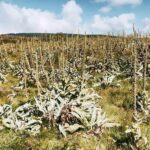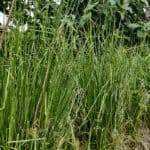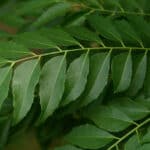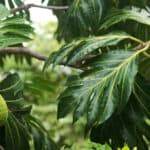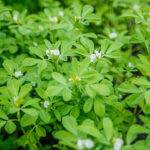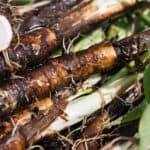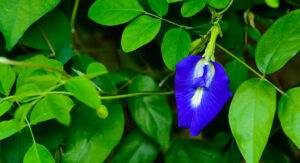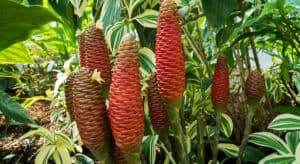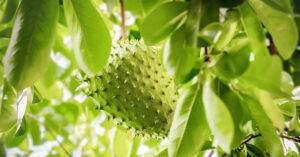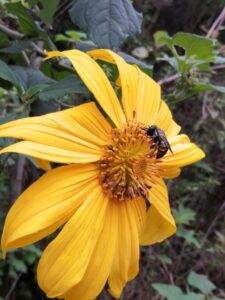Peanut Grass: A Wonderful Tropical Ground Cover
Some of the most useful plants used in permaculture are not large, luscious, and yield large quantities of food. This is the case for many of the overlooked groundcovers who reside below the favorite hotshots in the garden. While they rarely receive the same glory, they are an important component of the interconnected systems of a permaculture design. The ground creeping Peanut Grass aka Arachis pintoi is one of these overlooked species. It is also commonly known as Pinto Peanut and Perennial Peanut.
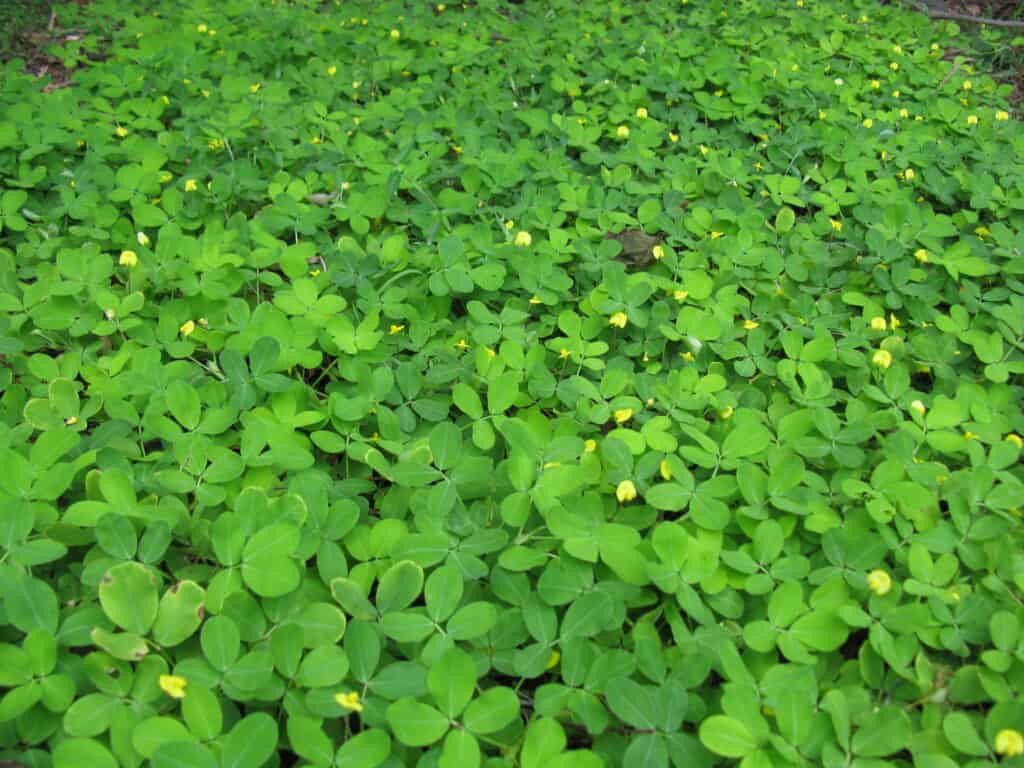
Perennial Peanut is a tropical plant related to the edible peanut. It grows low and firmly clasped to the soil where it acts as a living mulch. It forms lawn-like mats impenetrable by weeds, even in climates suited for tropical rainforests. It grows in impoverished soils, fixes nitrogen, and is highly resistant to compaction.
Perennial Peanut is useful for controlling weedy vegetation in gardens, orchards, and areas with non-agricultural uses. Since it is resistant to compaction, it makes it an attractive option for areas with a high incidence of human traffic. This includes footpaths, near homes, around the fire pit, or in picnic/recreation areas. It is also great for use in areas with livestock and is relatively resistant to chickens.
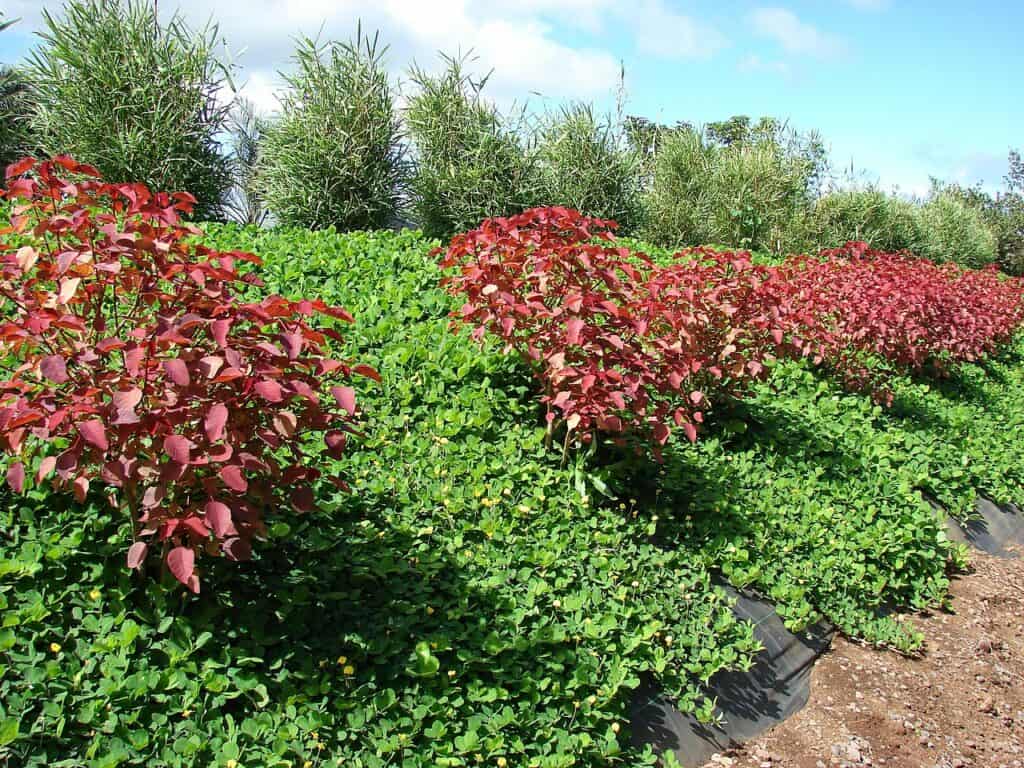


Perennial Peanut also grows quickly, produces biomass, and serves as an excellent forage. While it is not super deep-rooted, it is suitable for erosion control under some contexts. If you live in tropical or sub-tropical climates, peanut grass is a great low-maintenance alternative to regularly weed-whacking or maintaining a lawn.
Origins and Taxonomy
Peanut Grass is native to South America and in the same genus as the edible peanut. While Peanut Grass does not produce edible seeds, it does bear a striking resemblance to the edible peanut. It is also often mistaken for another peanut relative known as the Rhizoma Peanut or Arachis glabrata. On top of appearing strikingly similar, they are both often used utilized similarly in agriculture.
Two key differences between Rhizoma Peanut and Peanut Grass are:
- The Rhizoma Peanut tends to grow taller and bushier. This being said, there are low-growing varieties such as the cultivar “Chico”.
- As the name suggests the Rhizoma Peanut produces large quantities of underground rhizomes. Peanut Grass does not produce rhizomes and is propagated by stolons.
Rhizoma Peanut tends to be more cold tolerant and is regularly used as animal forage in the southeastern United States. It also grows bushier and tends to produce more biomass than Peanut Grass. Peanut Grass is more suited for tropical climates.
There are several cultivars of Perennial Peanut that are regularly found. These tend to be almost identical to the untrained eye and only vary slightly in growth habit, height, flower size, and resistance. The variety “Golden Glory” is the most widespread.
Cultivating Perennial Peanut
Peanut Grass is easy to cultivate and requires little maintenance. It is incredibly hardy, growing in soils that are infertile, acidic, and that experience water-logging. It is also drought-tolerant. While it might dry out during a dry period, it quickly comes back after some rain.
It grows best in the tropics from the hot lowlands to the montane up to 4000 feet in elevation. It does best in areas with at least 40 inches (1000 mm) of rainfall per year. Peanut grass does not typically do well in areas with frost, although it will tolerate it. Peanut Grass does well in full sun but is also shade tolerant.
Propagation
Peanut grass is propagated using vegetative cuttings. It can be propagated by seed, but these are not so easy to find. Thankfully, this plant is pretty well spread in tropical climates so finding a donor plant is not difficult. It is mildly invasive in disturbed areas and often used as an ornamental in landscaping. It can also be found in animal pastures, meadows, roadsides, sports fields, and other human-disturbed areas.
Cuttings are taken from long runners. These are technically classified as stolons for their habit of rooting into new locations. If you do not have access to a donor plant, you may have to establish one before deciding to plant a large area with peanut grass.
Propagate peanut grass when the climate is favorable. Unless you plan to irrigate, avoid planting during the dry season or during dry spells that will make it hard for your plant to establish.
Taking Cuttings
- Find long runners and cut them into about 6-8 inch (15-20 cm) pieces. In sandy soils you can often pull out developing roots along with your cuttings which will further help establish your patch.
- Use these cuttings immediately and avoid them having to dry out. If necessary you can store them temporarily in a shady place partially submerged in water.
Planting
In most cases you will be planting your cuttings directly into the field where you want to establish peanut grass. This will usually be a clean and prepared space where you may be planting dozens of cuttings. There is little use to planting in pots unless you have limited access to cuttings and wish to start a donor plant.
- Prepare your planting area by removing weeds and any vegetation. The more thorough you do this the better chance your patch will establish without problems.
- With a small hand shovel or spade simply open up the soil to where you can place the cuttings. Four or five inches deep (10-12 cm) per cutting is sufficient.
- Space cuttings 6 to 10 inches (15-25 cm) apart. The closer together the faster your patch will establish.
- You can apply a fine mulch of well cut hay or sawdust to help retain moisture and reduce erosion.
- Make sure your plants do not dry out while establishing. Water if necessary.
- After about 2-4 months your patch should be well established.
Maintenance and Care
- Weeding – While Peanut Grass does a pretty good job at preventing the growth of weeds occasionally some may poke through. This is especially true as the patch is established.
- Watering – Peanut Grass will dry out during the dry season but will come back once the rains arrive. You can water to maintain the green-lush color.
- Cutting – Peanut Grass doesn’t require much cutting back. It grows pretty low to the ground and is marvelous at remaining tame. Over time certain varieties may get slightly bushy and they can be cut back with a weedwhacker or even mowed.
- Disease – Certainly Peanut Grass is susceptible to diseases or pests but this is rarely a problem. This species tends to be rather vigorous and weedy, so even large patches of this species rarely have even minor issues.
- Removal – It can be difficult to eradicate peanut grass once established. The easiest method for this is to remove as much of it as possible then cover with thick mulch. Replace with fast growing plants that can shade out and compete with the peanut grass.
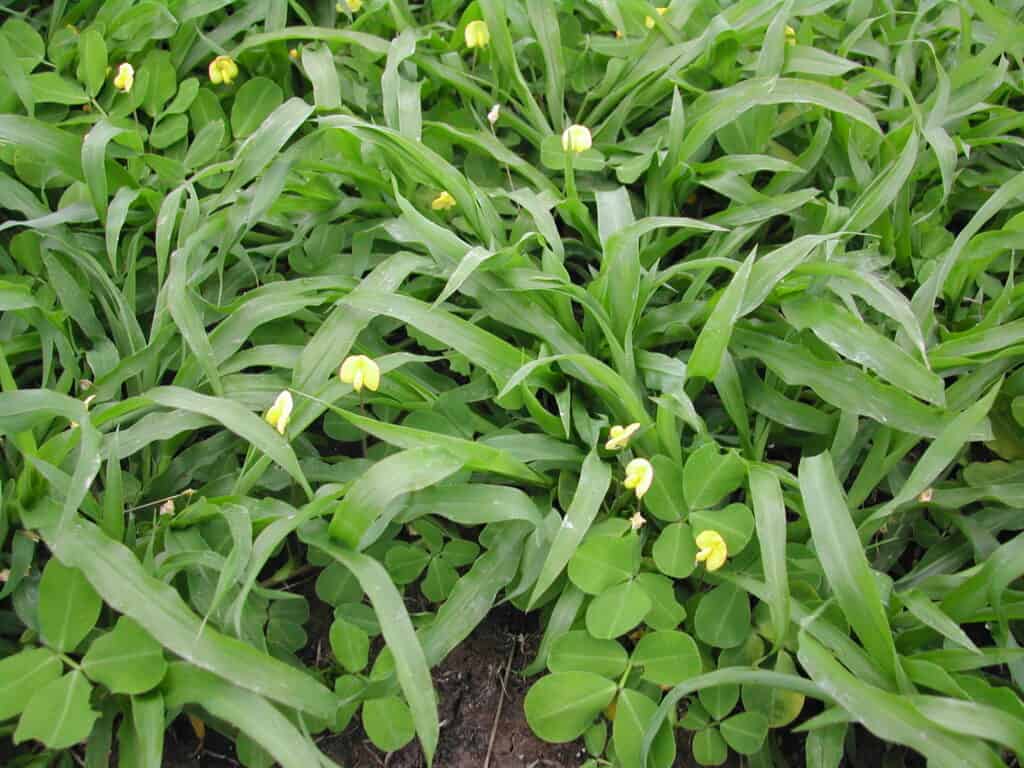
Conclusion
Peanut Grass is an excellent ground cover in tropical climates. It is low maintenance, nitrogen-fixing, and versatile. Whether you want it below some prized plant species, in with your animals, or in an area you yourself like to spend time in, Peanut Grass makes an excellent choice. While it is far from being a grass, it serves as an awesome low-maintenance alternative to a lawn.








